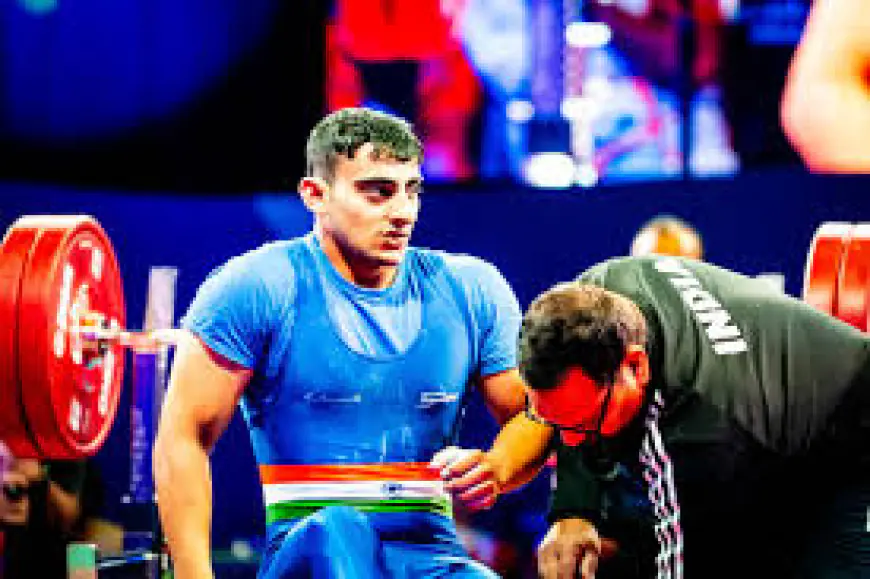How Adaptive Powerlifting is Shaping the Future of the Paralympic Games
Explore the rise of Paralympic powerlifting and discover the remarkable athletes, innovative training techniques, and adaptive equipment shaping this sport. Learn how it’s redefining strength and promoting inclusivity.
Unleashing Strength: The Rise of Powerlifting in the Paralympics
Introduction
Powerlifting, a sport synonymous with raw power and determination, has gained remarkable prominence within the realm of adaptive sports. Paralympic powerlifting showcases exceptional strength and perseverance from disabled athletes, elevating this discipline to new heights. This article delves into the evolution of Paralympic powerlifting, explores its unique aspects, and highlights the inspiring stories that define this sport.
The Evolution of Paralympic Powerlifting
Paralympic powerlifting has evolved from a niche discipline to a major highlight of the Paralympic Games. Introduced to offer athletes with physical impairments an arena to demonstrate their strength, it has become a celebrated sport. The focus is on bench pressing, performed from a lying position, making it accessible to individuals with various physical disabilities. The sport’s growth reflects broader trends towards inclusivity and recognition of disabled athletes.
Innovative Training Techniques and Equipment
Training for Paralympic powerlifting involves rigorous and specialized regimens. Athletes undergo tailored programs designed to build strength and technique suited to their individual needs. Key aspects of training include:
- Strength Conditioning: Focused exercises to enhance bench pressing power.
- Technique Refinement: Ensuring proper form and maximizing efficiency.
- Adaptive Equipment: Customized benches and supportive harnesses to aid in performance and safety.
Innovations in adaptive equipment are crucial, enabling athletes to compete effectively while accommodating their physical conditions.
Remarkable Athletes and Record-Breaking Performances
The sport features extraordinary athletes whose achievements are both inspiring and record-breaking. Notable figures include:
- Pauline Egan: Known for her record-setting lifts and dedication.
- Ali Jawad: Celebrated for his incredible strength and competitive spirit.
- Gordon Jago: A symbol of perseverance and excellence in powerlifting.
Their achievements not only set new benchmarks but also inspire others to pursue their athletic goals.
Rules and Classification System
Understanding the rules and classification system is essential for appreciating the complexities of Paralympic powerlifting. The classification system groups athletes based on their physical impairments, ensuring fair competition. Key elements include:
- Classification Categories: Grouping athletes to level the playing field.
- Lifting Techniques: Specific rules governing how lifts are performed.
- Equipment Usage: Regulations surrounding adaptive gear.
The Impact on Adaptive Sports
Paralympic powerlifting plays a pivotal role in promoting inclusivity and challenging stereotypes about disability. The sport’s visibility highlights the capabilities of disabled athletes and fosters a broader understanding of strength and ability. It underscores the transformative power of sports in breaking barriers and inspiring change.
Conclusion
The ascent of Paralympic powerlifting marks a significant milestone in adaptive sports. Through remarkable athletes, innovative training methods, and groundbreaking equipment, the sport continues to inspire and captivate audiences globally. As it evolves, Paralympic powerlifting reaffirms the boundless strength and determination of athletes who redefine what is possible.








